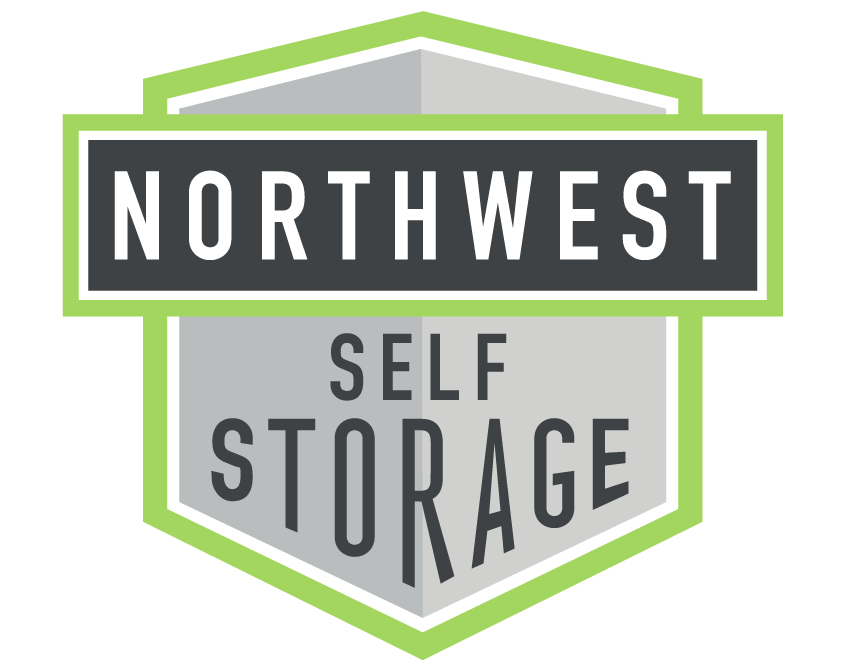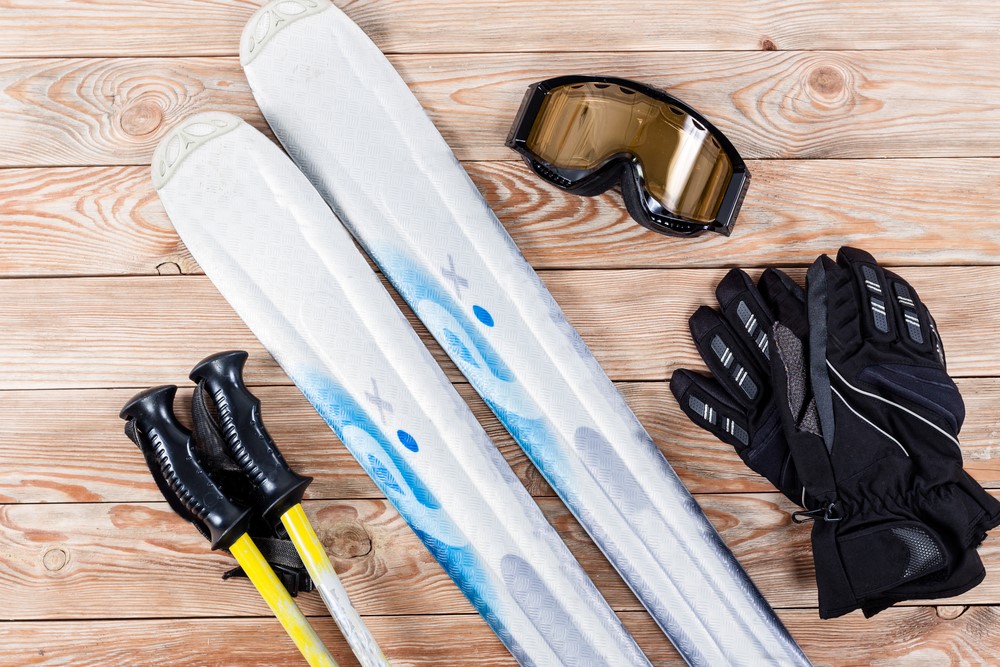In the Northwest, where winters deliver plenty of snow, it’s not surprising that winter sports are incredibly popular. Skiing, snowmobiling, snowboarding, hiking, and many other winter sports abound in this part of the United States, and thousands of people own their equipment and gear.
However, the big question many folks have when winter ends is where to store all of their seasonal sports items. To help answer this question, Northwest Self Storage’s storage experts put together the information below on how to prepare your seasonal sports items for spring storage. Learn them all, and be sure your gear and equipment will be ready to go next season below!
What is Seasonal Storage?
Seasonal storage is a term that refers to storing different items at different times of the year when they aren’t needed or used. For example, storing Christmas and holiday decorations falls under seasonal storage because you only need those items for one or two months and will likely store them during the rest of the year.
Spring storage is another term you might hear when storing seasonal items that, come springtime, you won’t need for a few months. In short, seasonal storage refers to storing different items at different times of the year when they aren’t needed or can’t be used.
Top Tips for Snowboard/Ski Storage
It might not seem necessary, but storing a snowboard/ski correctly is crucial to maintaining its performance, extending its lifespan, and saving money on expensive repairs (or purchasing a new board). Below are some top tips for storing your snowboard/skis correctly and keeping it in pristine condition
- Before storing your snowboard or skis, clean it thoroughly.
- Apply a generous layer of wax to your snowboard/skis and leave it on. This will prevent moisture from damaging your board and protect the base from drying out and the edges from rusting.
- Loosen the bindings, but don’t remove them altogether. This will help your board/skis maintain its shape.
- Don’t store your snowboard/skis in a ski bag, as moisture can become trapped and cause rust, mold, and other nasty stuff. If you do use a bag, make sure it’s breathable
- Wherever you store your board/skis, ensure it’s cool, dry, and away from direct sunlight.
- If you store your snowboard/skis flat, don’t place items on top of it. They might warp your gear during storage.
- Cover the edges with edge protectors or a soft cloth to keep them sharp.
How to Store a Snowmobile
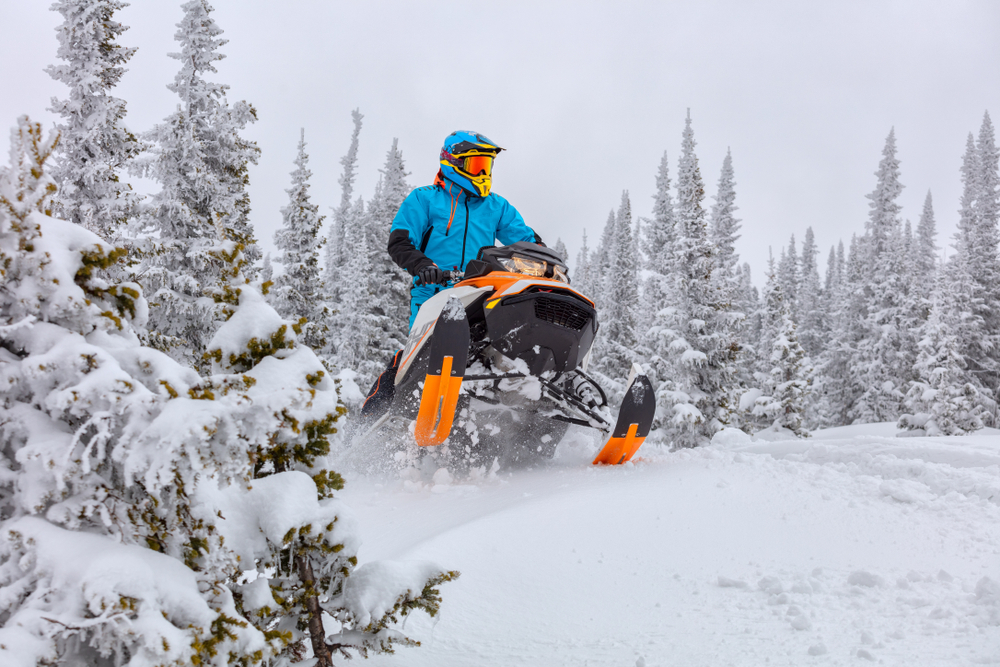
Snowmobiles are incredibly fun and exciting to ride. They’re also quite expensive, so storing them correctly is a must to ensure they continue to perform year after year. Below are some excellent snowmobile storage tips to keep your ride in great shape.
- Before storing your snowmobile, either drain the fuel or use a fuel stabilizer to keep it from “going bad”. If you use a stabilizer, run the snowmobile’s engine for several minutes to spread the stabilizer throughout the engine.
- Change your snowmobile’s oil and filter according to the owner’s manual, which will help prevent corrosion during storage.
- Lubricate all the moving parts of your snowmobile that need it.
- Remove the battery from your snowmobile and store it somewhere cool and dry. (Remember that most storage units don’t have electricity, so if you want to use a trickle charger, you’ll need to do that at home.)
- Seal the exhaust and intake to prevent pests from making a home in your snowmobile during the off-season.
- Use a lifting device to lift the track off the ground and relieve tension on your snowmobile’s suspension if possible. This will prevent flat spots and degradation of the track.
Seasonal Clothing Storage Hacks
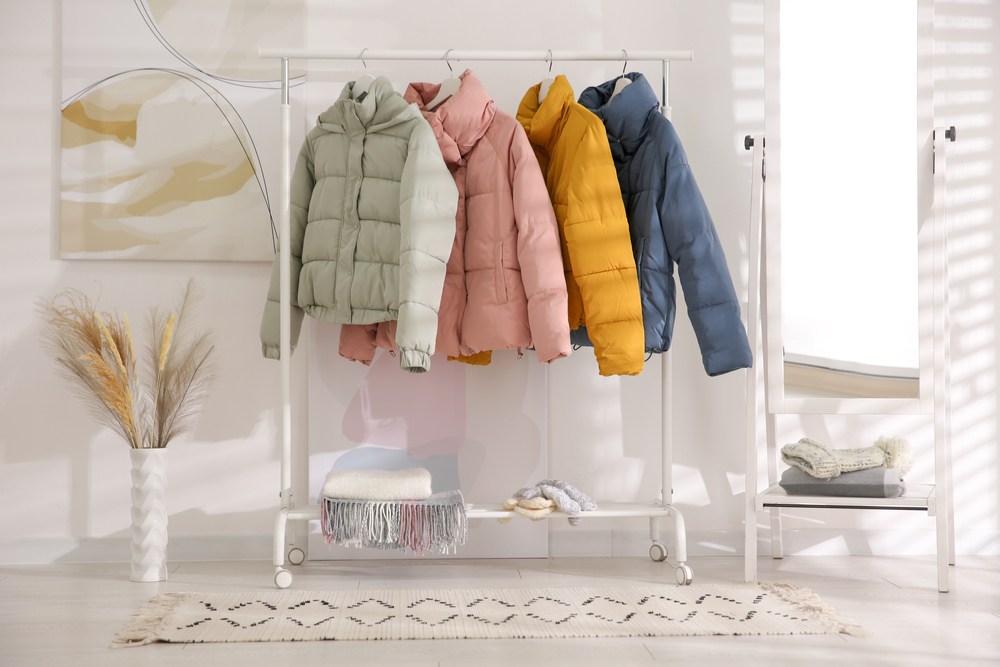
In the northwest, winter clothing Is a must due to the severe cold, snow, ice, etc. Once winter’s ended, you’ll need to store your seasonal clothes correctly so that. Below are some of the best hacks to do that.
- Not only wash but dry your seasonal clothing thoroughly before storage. This will prevent mold and mildew.
- If you have bulky items, seal them into vacuum bags using a vacuum sealer. This will protect them from dust, moisture, and pests and significantly reduce the storage space you need.
- To prevent pests, the best choice is cedar blocks or a breathable bag filled with cedar chips.
- Store winter clothing in a cool, dry place.
- Choose a heated storage unit if your pieces of clothing are delicate.
- Pack your seasonal clothing in unused suitcases. Not only will this protect them from dust, debris, and most pests, but you will also take advantage of the unused space in said suitcases.
- Instead of folding your seasonal clothes, roll them to prevent wrinkles and maximize space.
- Label storage containers well. This won’t do much to prevent damage during storage, but it will certainly make it easier to locate items when winter rolls around again next season. Speaking of which…
- Rather than cardboard boxes, use clear plastic bins to store your seasonal clothing items. You can then easily see what’s inside.
How to Prevent Mold During Storage
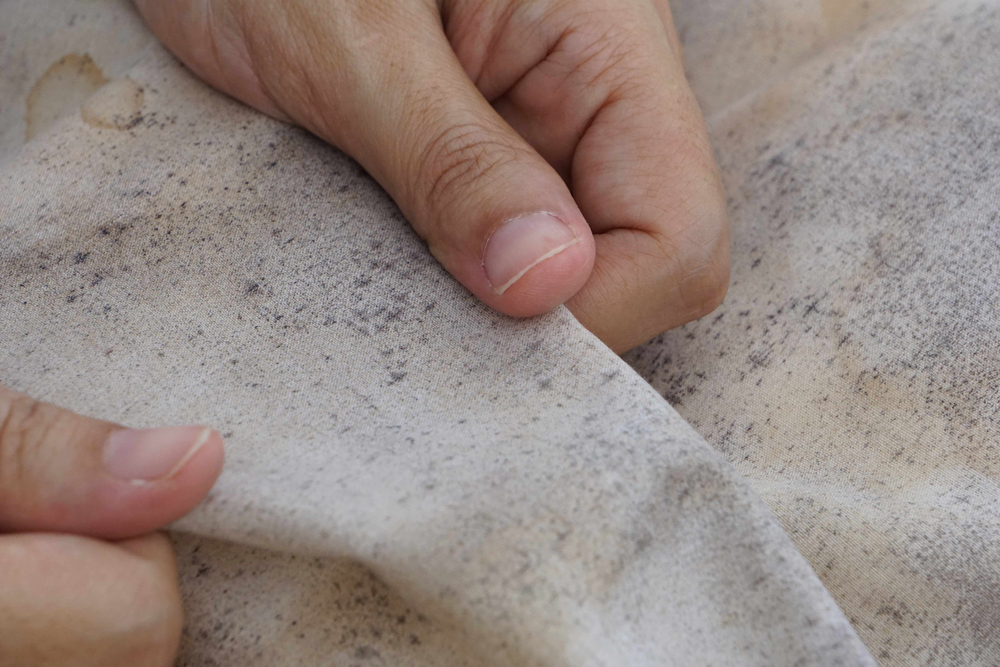
This last section on preparing seasonal sports items for spring storage deals with preventing mold, which can damage or even destroy items while they’re stored.
- Silica gel packs absorb extra moisture and keep your clothes dry and mold-free.
- As mentioned earlier, thoroughly dry anything you’ve washed or was wet before storage—store clothing and other items that mold can severely damage in a climate controlled storage unit.
Store Your Seasonal Items with Northwest Self Storage
Northwest Self Storage is the perfect solution if you have a lot of seasonal gear and sports equipment but little room to store them at home! Northwest has safe and secure storage facilities in Oregon, Washington, and Idaho, so one is likely close to your home.
Storing seasonal items with Northwest is easy, safe, affordable, and convenient. When you’re ready, you can reserve a storage unit in the Northwest online. Until next time, we hope these tips and hacks on preparing seasonal items for spring storage have given you the actionable information you were searching for!
